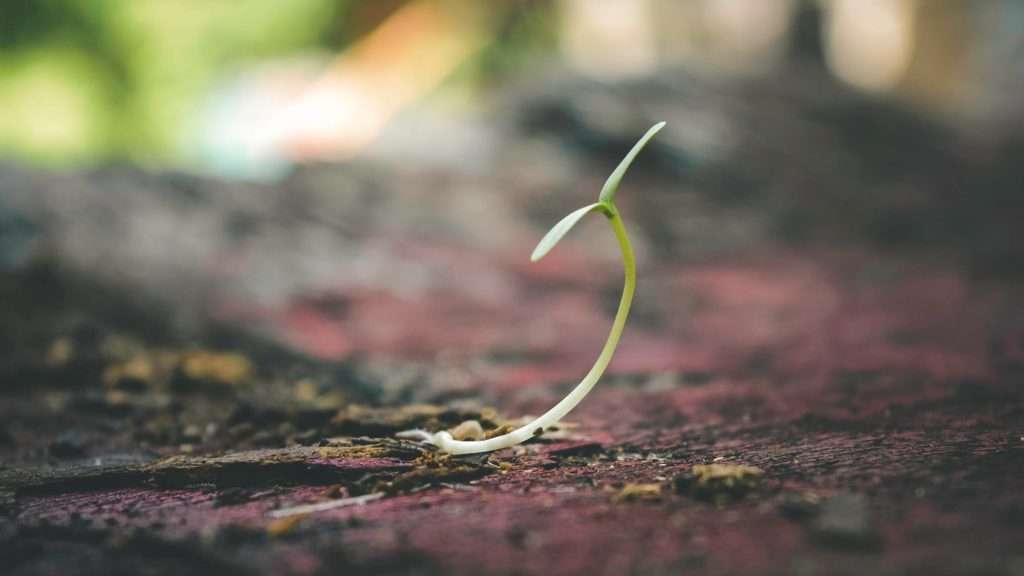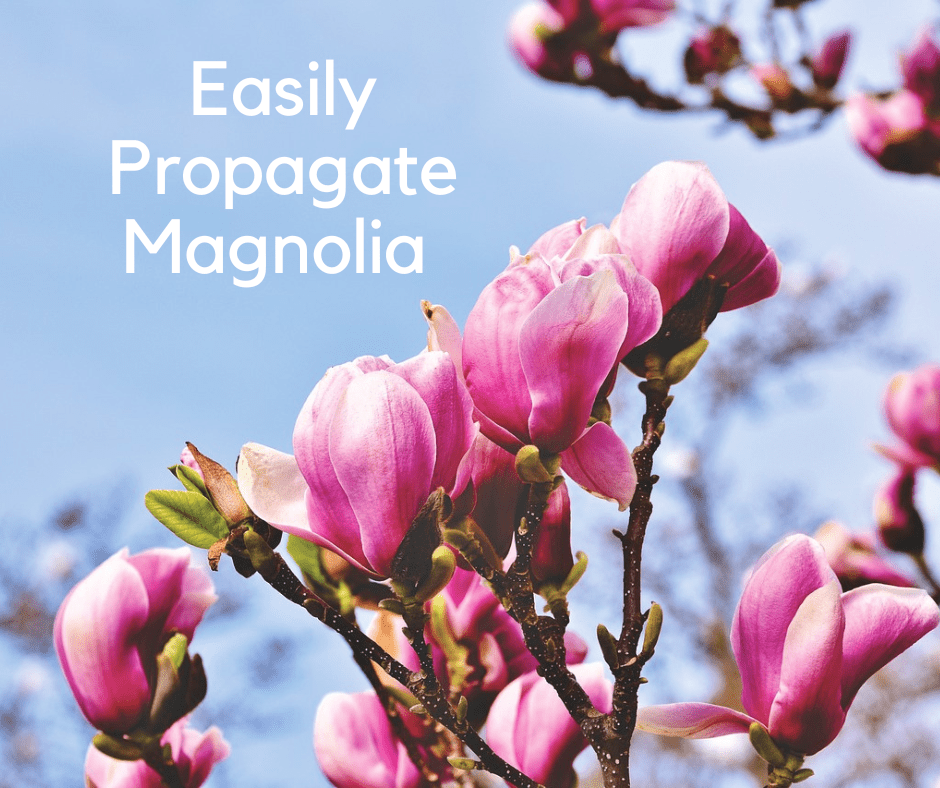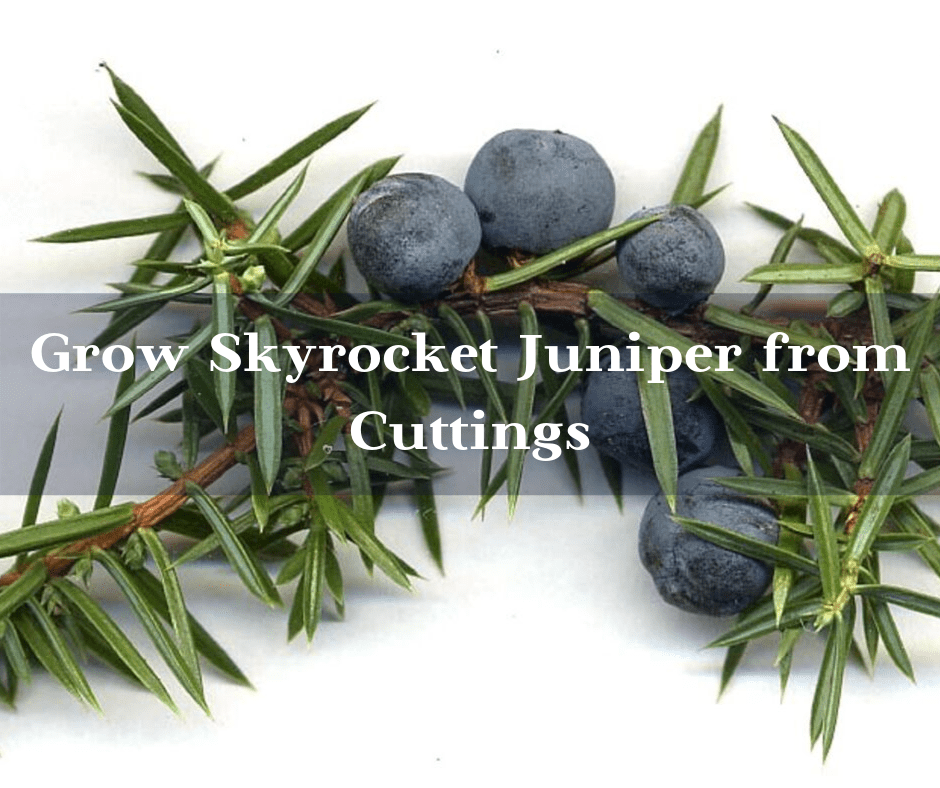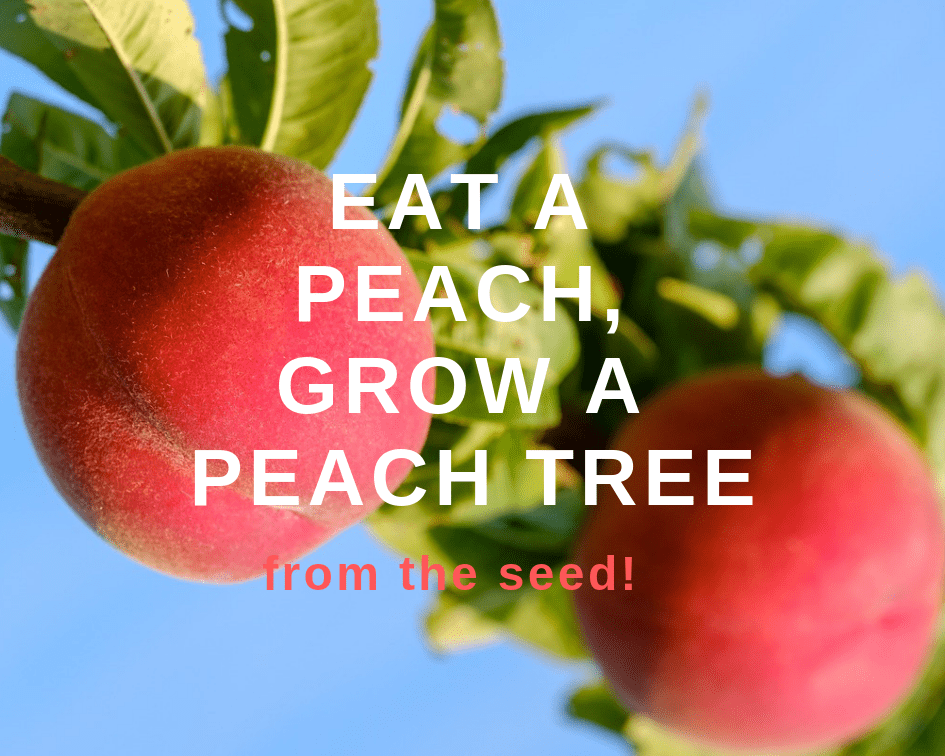This post may contain affiliate links. As an Amazon Associate we earn from qualifying purchases.
Germinate mountain mint seeds with smoke? Yup … read on!
I love those days when I can combine two reader questions into one answer. This is one of those days.
Geoff from Oakland, California emailed me a while back wanting to know how to grow, from seed, California’s native mountain mint, Pycnanthemum californicum.
Kerry, from Houston asked why so many germination references in more scholarly works (she quoted Dr. Michael Dirr) discuss how smoke or fire treatments assist germination. I’ll start with Kerry’s question.
 Smoke without Fire
Smoke without Fire
If you’re an old hand at seed germination you know that there are several ways to prepare a seed. Some require vernalization (a period of cold temperatures) before they’ll germinate.
Others require scarification (opening the seed coat to allow moisture to reach the embryo). The average gardener can accomplish the latter with sandpaper, a very sharp knife, or razor blade, for instance.
Then there are some seeds, such as some types of acacia, that require fire to crack open the seed coat.
“Fire increases seedling recruitment by reducing competition for space and resources,” according to Joshua A. Hodges in a journal published by the American Ecological Society of America. “As such, many species in fire-prone ecosystems germinate in response to fire cues such as smoke and heat.
Indigenous people in the Americas used fire and smoke to promote germination in certain seeds as far back as the mid-1600s. Some of these tribes were quite innovative; one North American tribe created heat-proof boxes that they hung over a blazing fire to smoke the pumpkin seeds within.
The use of smoke or fire to encourage seed germination works best on seeds from plants that are native to fire-prone areas, such as those with Mediterranean-climates. Although the physiological reasons behind the phenomenon are not completely understood, fascinating research is coming out of Australia. It’s only a matter of time until we know exactly how this works. In the meantime, we know that it does, indeed work.
 Mountain mint germination process
Mountain mint germination process
So, Geoff, let’s get to planting your mountain mint seeds in your lovely Oakland, California backyard.
First: the smoke. There are several ways to provide smoke to the mountain mint seeds but I’ll only discuss the easiest. It is quite effective, however, so don’t discount it because it seems a bit crazy. This process was passed to me from a friend who first learned about it an American Society for Horticultural Sciences meeting.
You’ll need to purchase liquid smoke flavoring. Yes, the type in the brown bottle available in the supermarket. Purchase one that is labeled “all natural,” and includes only water and natural smoke concentrates. Living Nutritionals Pure Liquid Smoke will do the trick and you can order it on Amazon.com.
Apparently, liquid smoke is manufactured by filtering wood smoke through water (I’d love to see the machine that does this), trapping the very same chemical compounds in smoke that make it so beneficial to breaking the dormancy of certain seeds.
Mix together 2 ounces of liquid smoke and 2 ¼ cups of water. Drop the seeds into the solution and allow them to soak for 30 minutes.
Germination increases 33 percent following this treatment, according to studies published by the University of Illinois. It’s important, however, to follow the timing to the second; don’t allow the seeds to remain in the solution for longer than 30 minutes.
From this point, just plant the seeds as you would any other. I prefer the soilless potting mixes to prevent damping off during germination and at the seedling stage.
Mountain mint seeds germinate quickly at 68 degrees – usually in about two weeks.
By the way, “mountain mint” is a catch-all term that covers about 20 species of plants, native to North America. P. californicum is the only species native west of the Rocky Mountains, in USDA zones 8-10. Find your hardiness zone here.
Aren’t familiar with mountain mint?
Mountain Mint in California is also known as Sierra mint. A perennial herb, it can grow to a height of from 3 to 5 feet at elevations of from 1,600 to 6,200 feet. In the summer, it bears flowers with “… a whitish upper lip and a purplish lower lip, sometimes with spots,” according to the folks at inaturalist.
Check out the photos online at Mother Nature’s Backyard.



